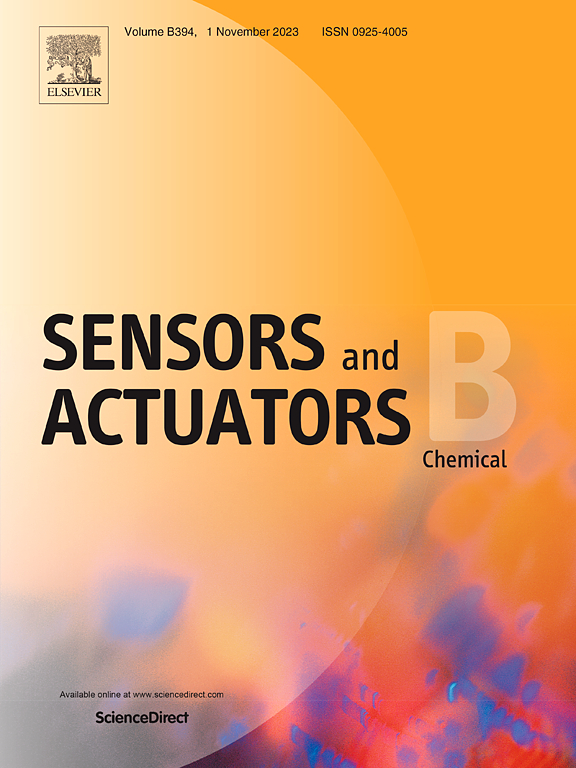Electrowetting on swollen dielectric-hydrophobic composite PDMS film for digital microfluidics
IF 8
1区 化学
Q1 CHEMISTRY, ANALYTICAL
引用次数: 0
Abstract
Polydimethylsiloxane (PDMS), a commonly used material, serves as both a dielectric layer and a hydrophobic surface in digital microfluidics (DMF) systems. However, its low dielectric constant results in suboptimal electrowetting-on-dielectric (EWOD) performance, limiting its application in DMF systems. In this study, a novel dielectric-hydrophobic integrated film, termed swollen composite PDMS (S-CPDMS), was developed. This film was fabricated by combining the ferroelectric polymer Poly(vinylidene fluoride-co-trifluoroethylene) (P(VDF-TrFE)) with PDMS and enhancing surface hydrophobicity and smoothness through the application of silicone oil as a liquid lubricant. Experimental results demonstrated that the S-CPDMS film exhibits excellent hydrophobicity, high optical transparency, anti-biofouling properties, and smooth sliding performance. The effects of film composition, applied voltage frequency, and vertical placement time after silicone oil injection on its EWOD behavior were systematically investigated. The findings revealed that the S-CPDMS film achieves optimal EWOD performance when the P(VDF-TrFE) to PDMS ratio is 3:1. Furthermore, under a 1 kHz square wave alternating current (AC), the droplets on the film exhibited strong EWOD responsiveness and high reversibility. Using the S-CPDMS film, a DMF device was constructed, successfully enabling droplet manipulation in both open and closed environments. Finally, glucose colorimetric reactions were successfully performed in the DMF device utilizing the S-CPDMS film. This dielectric-hydrophobic integrated film offers a simple and cost-effective solution for integrating dielectric and hydrophobic layers in DMF systems, opening new possibilities for developing lab-on-a-chip platforms.

求助全文
约1分钟内获得全文
求助全文
来源期刊

Sensors and Actuators B: Chemical
工程技术-电化学
CiteScore
14.60
自引率
11.90%
发文量
1776
审稿时长
3.2 months
期刊介绍:
Sensors & Actuators, B: Chemical is an international journal focused on the research and development of chemical transducers. It covers chemical sensors and biosensors, chemical actuators, and analytical microsystems. The journal is interdisciplinary, aiming to publish original works showcasing substantial advancements beyond the current state of the art in these fields, with practical applicability to solving meaningful analytical problems. Review articles are accepted by invitation from an Editor of the journal.
 求助内容:
求助内容: 应助结果提醒方式:
应助结果提醒方式:


